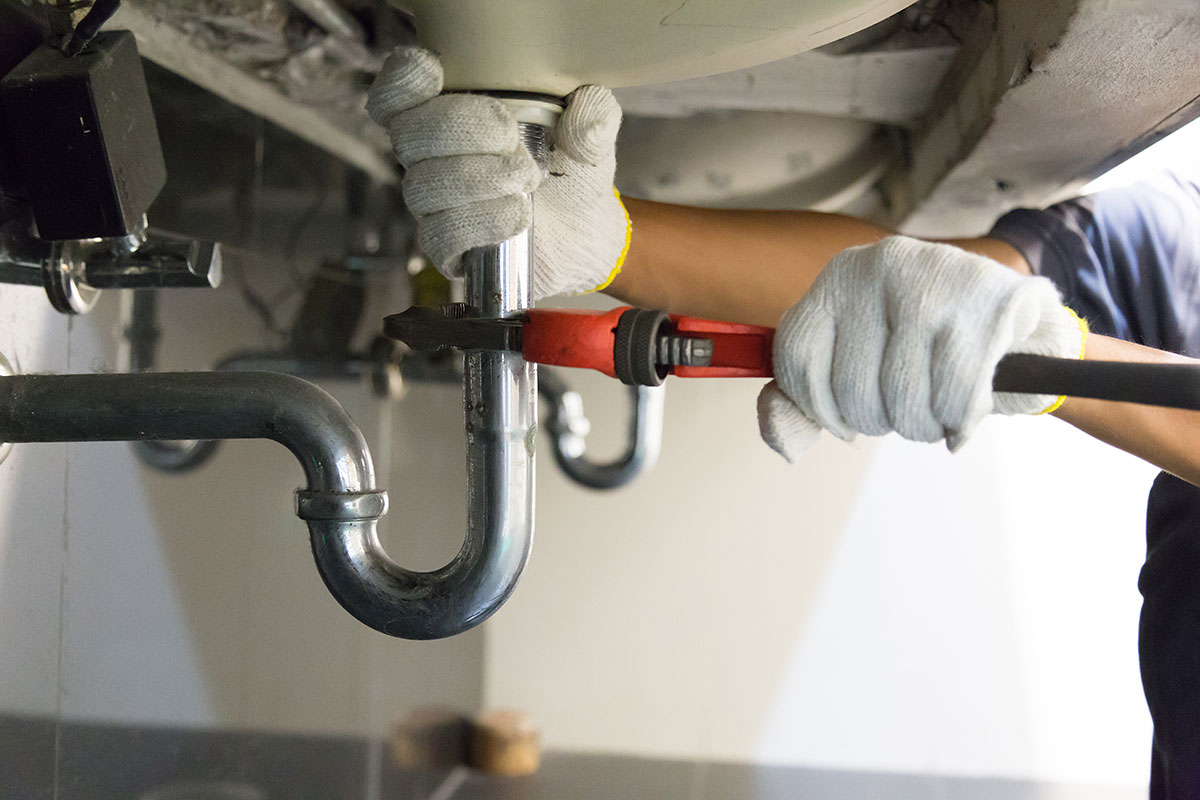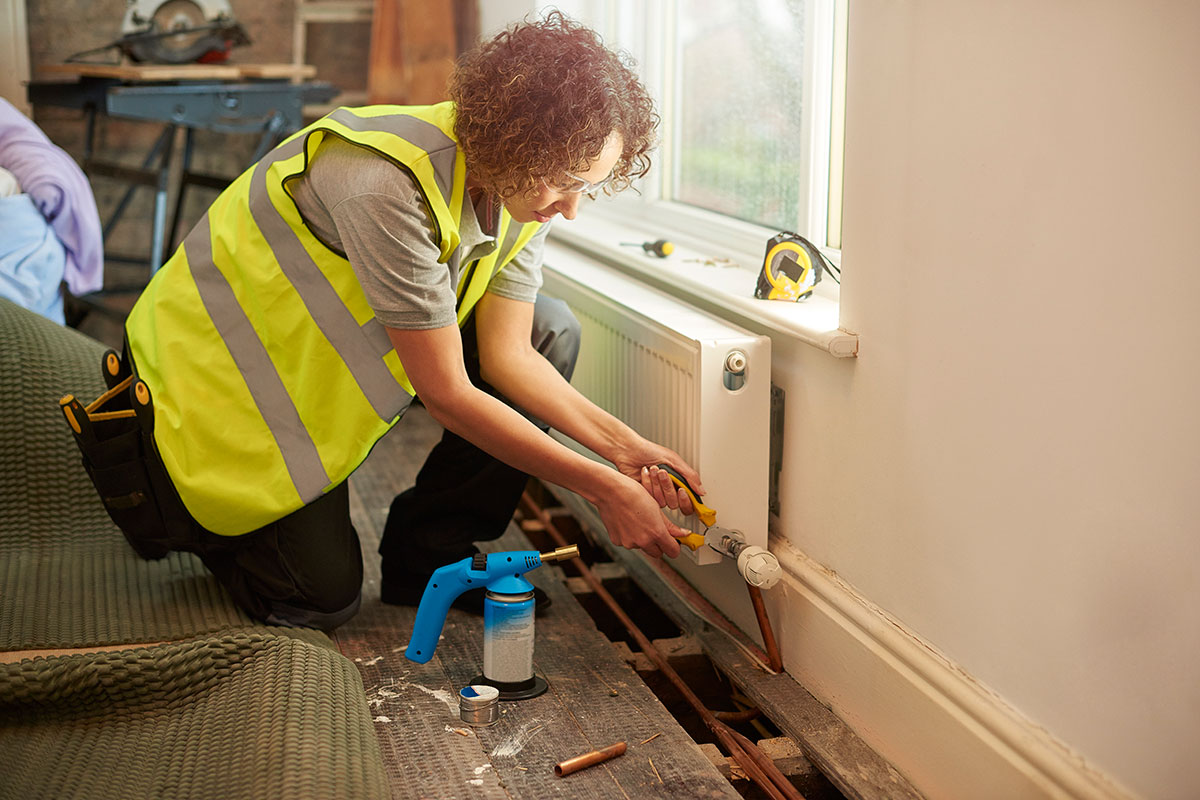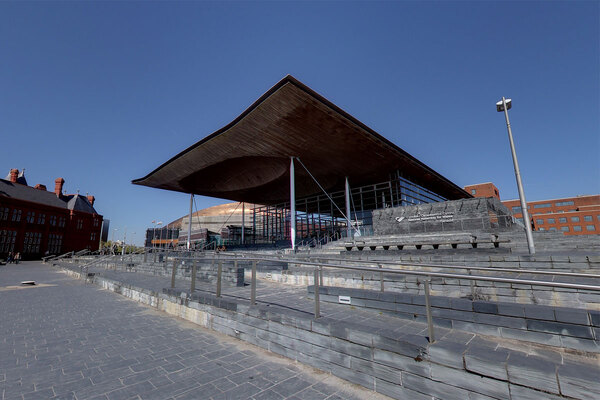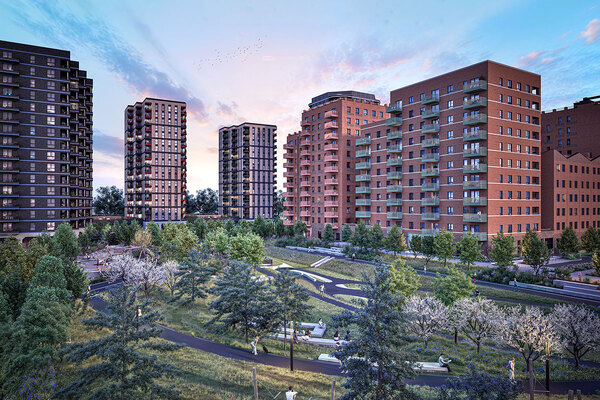More than half of sector’s spend in 2022 was on maintenance and major repairs
More than half the sector’s spend in 2022 was on maintenance and major repairs, contributing to an increase in headline social housing costs and reduced operating margins.
The Regulator of Social Housing (RSH), which revealed the details in its annual report on Value for Money (VfM) metrics and reporting for 2022, warned that the challenging economic climate was making value for money “increasingly significant”.
It also highlighted the importance of housing associations making the best use of their resources to achieve their objectives.
“High inflation, rising borrowing costs and increasing demands to invest in both the existing housing stock and new supply mean that the social housing sector is facing financial pressure.
“It is now essential that boards make effective decisions ensuring scarce resources are used efficiently and effectively in the delivery of their objectives.
“The VfM Standard therefore expects boards to be accountable for their decisions on the use of their resources and assets, demonstrating how they arrived at their decisions and how they are delivering against them,” according to the report.
The report revealed that, for the first time in the sector’s history, there are 30 providers that own more than 30,000 homes each, which accounts for just over half the sector’s social housing stock.
The report also showed that reinvestment has returned to pre-pandemic levels.
Reinvestment into existing housing stock and development was 6.5% of the total value of existing stock – an increase from 5.8% in 2021.
“This reflects the increased rate of investment into capitalised major repairs and maintenance expenditure, as well as new supply and acquisitions since the lifting of COVID-19 restrictions,” the report states.
The total number of new social homes added to the sector increased by 12% compared with the 2021 outturn.
The sector delivered 45,542 social housing homes and 5,552 non-social homes.
Comparatively, in 2019-20, the year preceding the pandemic, the sector delivered 50,015 social homes and 9,198 non-social homes.
Over half of the sector’s headline costs relate to maintenance and major repairs expenditure on existing social housing stock.
The median headline costs increased by 11% to £4,150 per unit. This had an impact on the median operating margin, which fell from 26.3% in 2021 to 23.3% in 2022.
The regulator said the trend had become “even more visible” in the current financial year.
The RSH’s latest quarterly report showed that providers had spent £1.7bn on repairs and maintenance by the end of December, an increase of 8% compared with the previous quarter and among the highest quarterly totals on record.
Against this backdrop, the regulator reiterated the need for providers to be transparent about value for money.
It said “crucial to this” was being open with all stakeholders, including tenants and investors, when reporting on decision-making and performance.
The regulator introduced a revised VfM Standard in 2018 “to encourage providers to optimise the use of their assets and resources and improve the efficiency, economy and effectiveness”.
Providers are required to report each year on their performance against a suite of measures set by the regulator.
The RSH’s analysis for 2022 found that stronger responses “clearly explained” what the provider was planning to achieve with its available resources, along with measurable targets.
Where providers needed to change their objectives, they gave clear explanations.
It said the best responses also gave “open and accurate insights” into the provider’s performance against similar organisations in the sector.
In weaker responses, landlords did not follow the regulator’s reporting methods, which made their responses less accurate and transparent.
Some providers did not explain why they had missed certain performance targets, or why they had continued with activities that did not appear to deliver the best outcomes.
Fiona MacGregor, chief executive of the RSH, said: “Housing associations are faced with significant economic challenges, as well as multiple and competing pressures on their resources.
“Providers need to manage these difficult trade-offs and make best use of their resources, so they can continue to deliver their core objectives of providing safe, well-maintained homes for their tenants and invest in new homes.
“It is more important than ever that boards have a clear understanding of their organisation’s performance, and that they communicate their decisions to stakeholders in an open and accurate way.”
Sign up for our asset management newsletter
Already have an account? Click here to manage your newsletters











